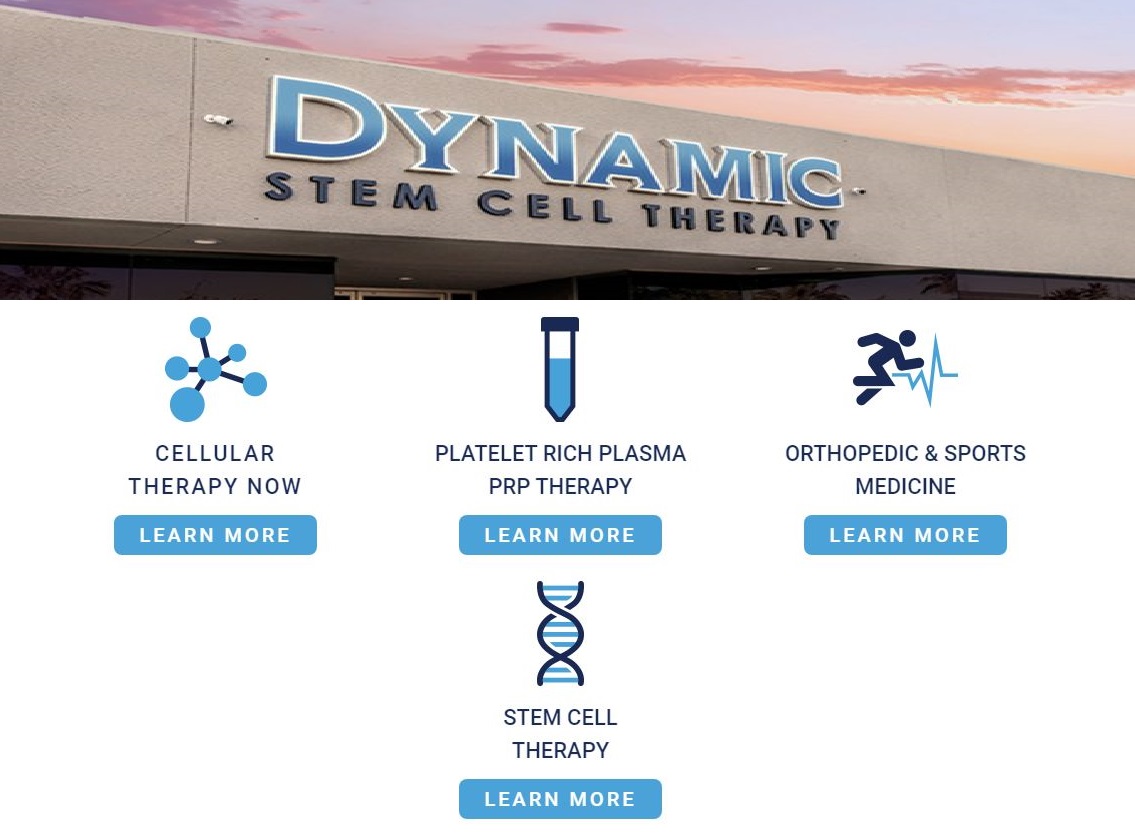
What is a stem cell therapy for shoulders?
A stem cell therapy for shoulders is a recent procedure that has seen a lot of growth in popularity. The therapy uses stem cells that are harvested from the patient’s own body to help heal or improve the condition of the shoulder. There are many benefits to this approach, including the fact that it is relatively safe and can be done without any surgery. Additionally, it can be helpful in restoring function to the affected area, which can lead to improved mobility and overall quality of life.
How does stem cell therapy work for shoulders?
Stem cell therapy for treating shoulder pain has been gaining in popularity in recent years. The therapy involves the use of stem cells to regenerate damaged tissues in the shoulder. Stem cells are able to repair and regenerate damaged tissues, which can provide relief from pain and improve function.
The benefits of stem cell therapy for treating shoulder pain have been well documented. Studies have shown that the therapy can improve range of motion and reduce inflammation. In addition, stem cell treatment has also been shown to improve strength and functionality in the arm.
There are a few limitations to consider when considering stem cell therapy for treating shoulder pain. First, the therapy is not always effective. Second, there is a risk of side effects associated with the treatment. However, these risks are typically mild and generally manageable.
What are the current stem cell therapy for shoulders trials?
Clinical trials are currently underway for stem cell therapy for shoulders. This type of therapy is being tested in hopes of providing relief to those who suffer from shoulder pain and limited range of motion. The current trials involve injecting small numbers of stem cells into the affected area. Some potential benefits associated with this treatment include a reduction in inflammation, improved range of motion, and an increase in strength. However, it is still early days for this type of research, and further studies are needed to confirm any benefits. If you are suffering from shoulder pain or limited range of motion, speak with your doctor about whether stem cell therapy is right for you. In addition to treatments for injury and pain, stem cells have been used to treat a number of diseases. One such disease is Parkinson’s disease, a progressive movement disorder that affects the brain.
What are the available stem cell therapy for shoulders treatments?
There are a variety of treatments that are available for people with shoulder pain. These treatments range from conservative methods, such as rest and ice, to more invasive procedures like stem cell therapy. Stem cell therapy is one of the newer and more promising treatment options for shoulder pain.
Stem cells have the ability to regenerate damaged tissue in the body. This is why they are sometimes used in therapies to treat other injuries, such as knee or hip replacement surgeries. Researchers believe that stem cells may be able to help heal the damage caused by shoulder arthritis. They have also found that stem cells can reduce inflammation in the shoulder joint.
There are several types of stem cell therapies that are available for use in treating shoulder pain. The most common type is injection therapy. Injection therapies use a special needle to inject small amounts of stem cells into the affected area.
What is the verdict on stem cell therapy for shoulders?
There is no one-size-fits-all approach to treating shoulder pain, but stem cell therapy may be a promising option for some patients. This type of treatment uses stem cells taken from the patient’s own body to help heal the shoulder joint. There are several potential benefits to stem cell therapy for shoulders, including decreased pain and improved function. However, it is important to consult with a qualified doctor before starting this type of treatment, as there are possible risks associated with stem cell therapy that must be weighed against the potential benefits.
